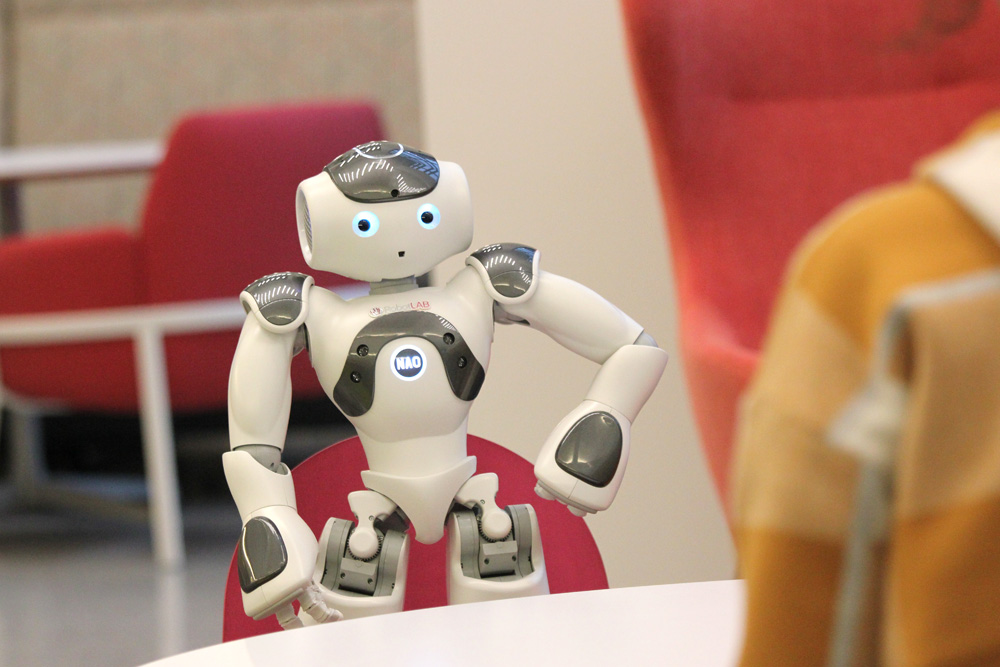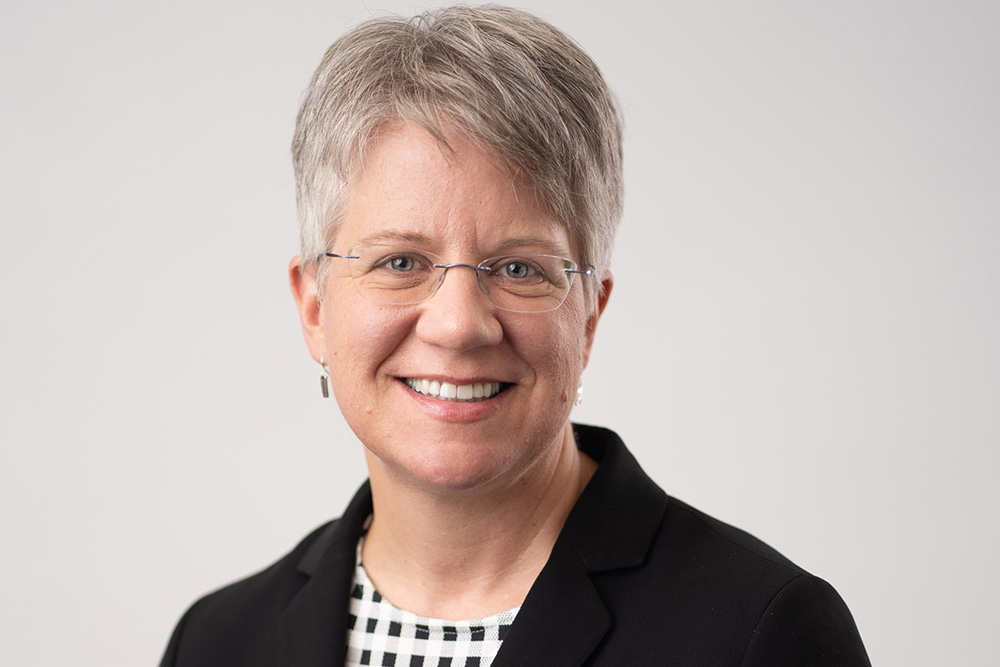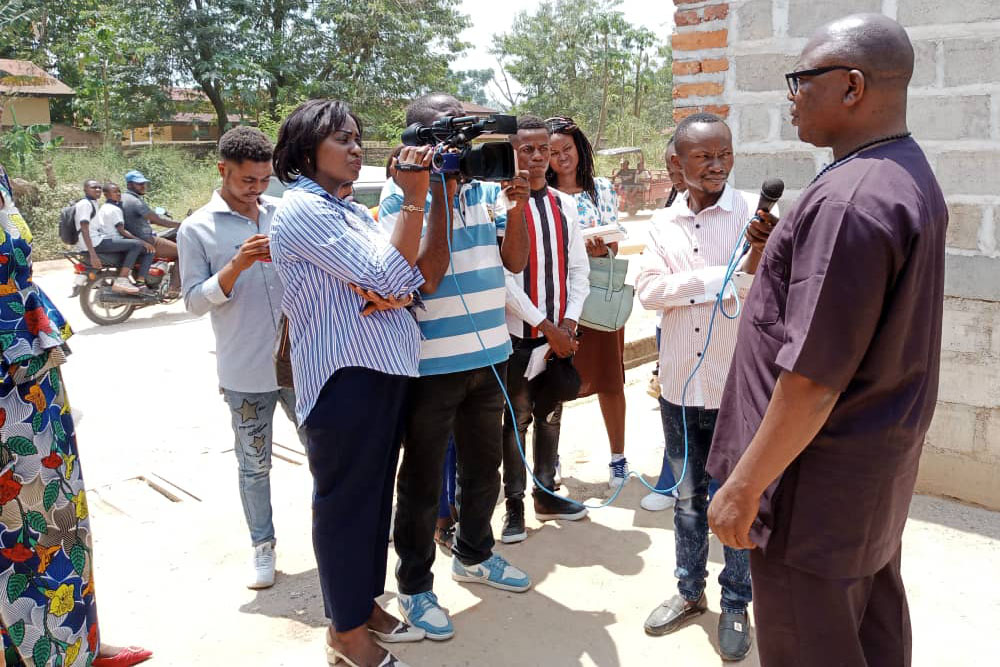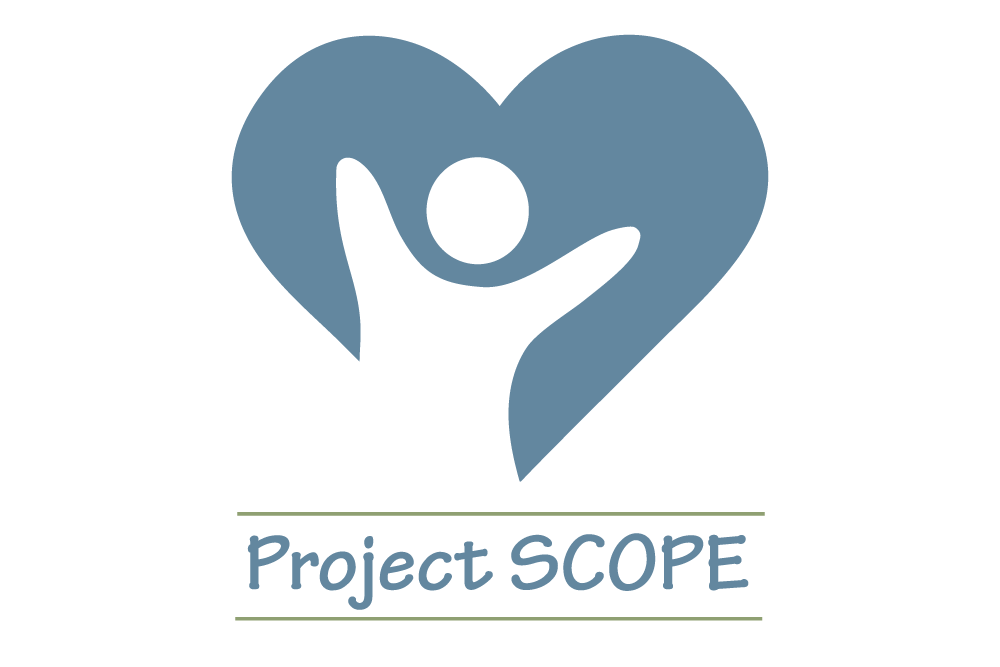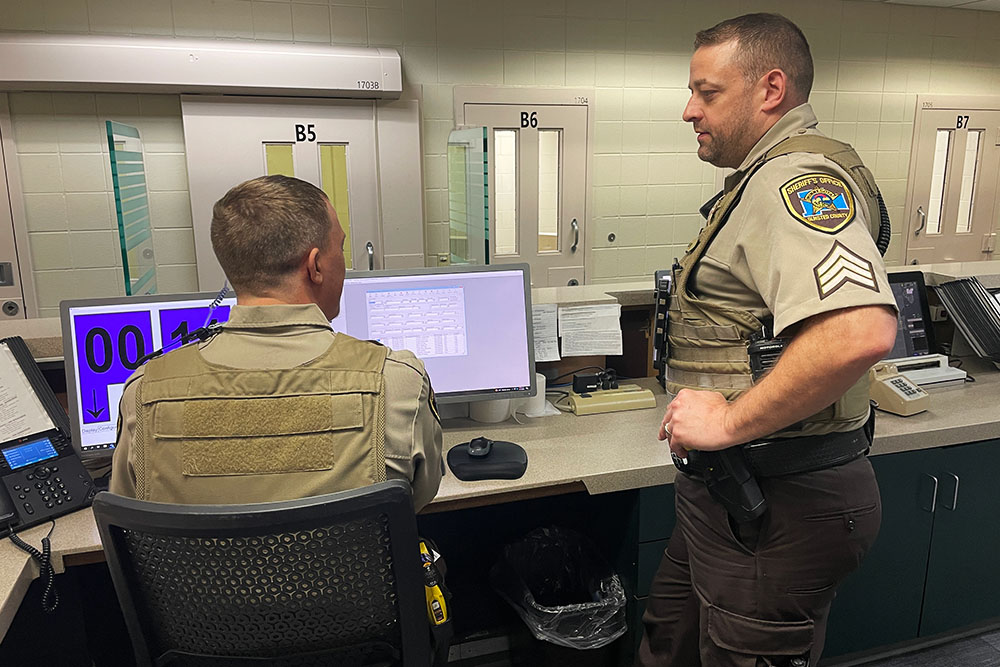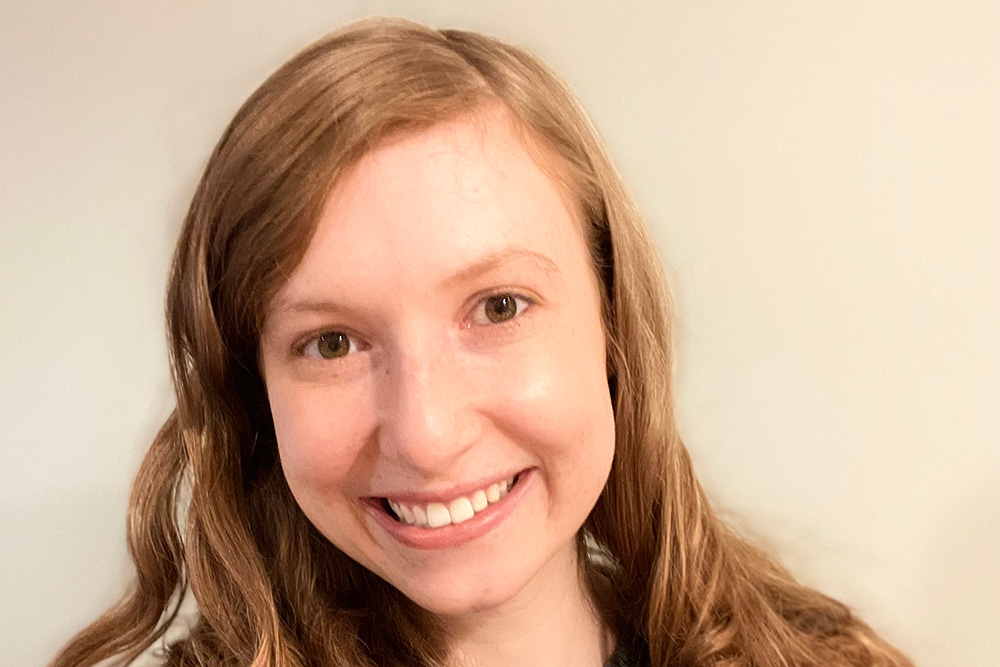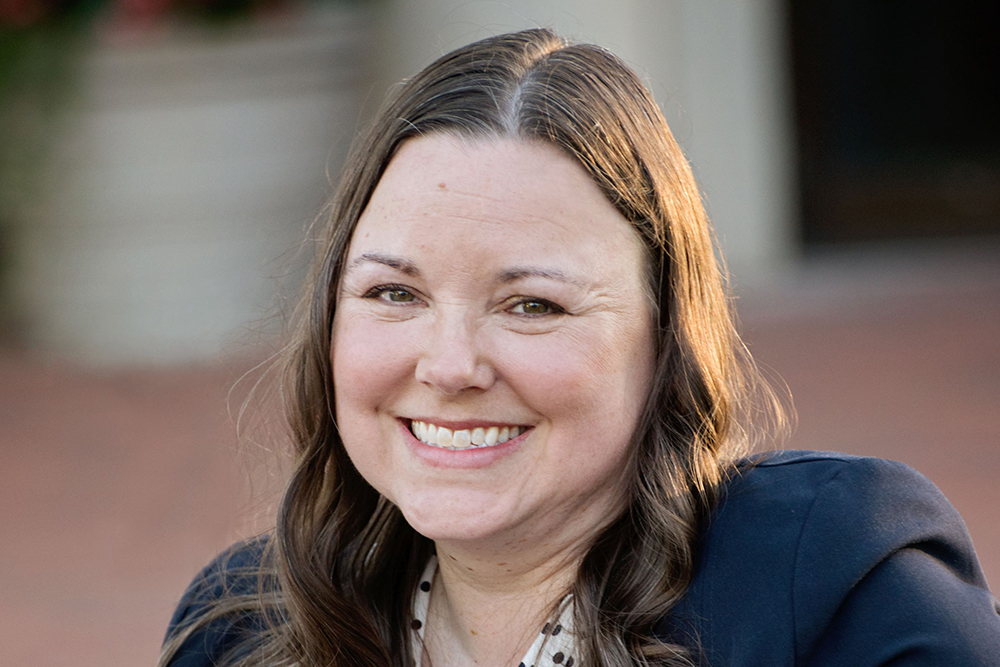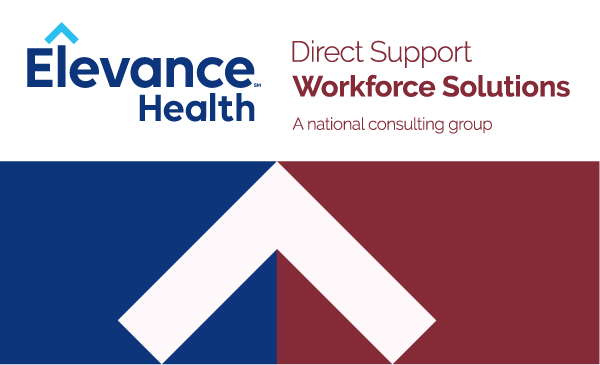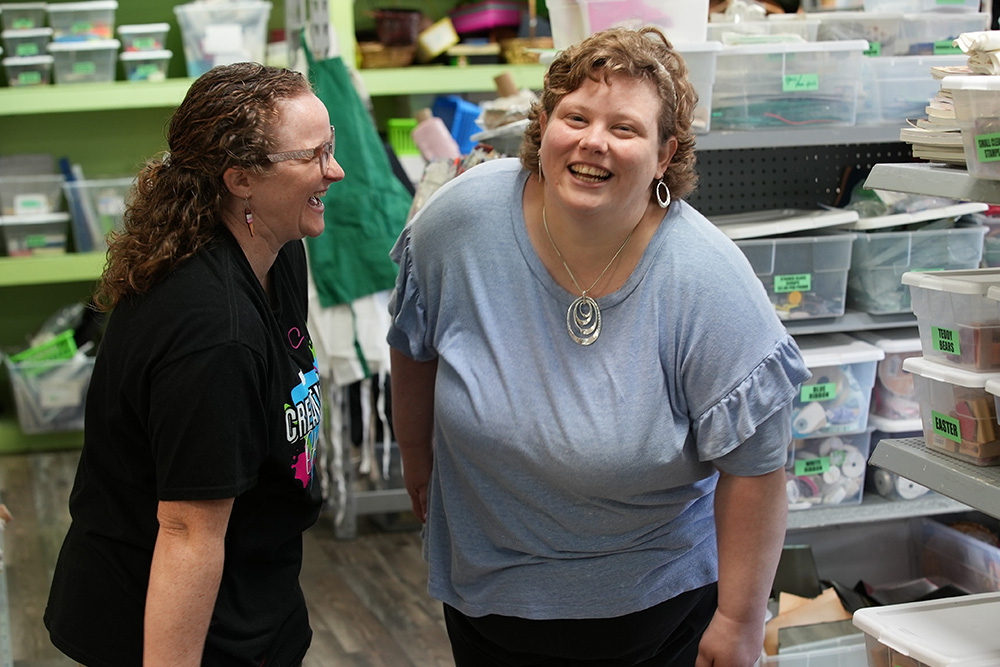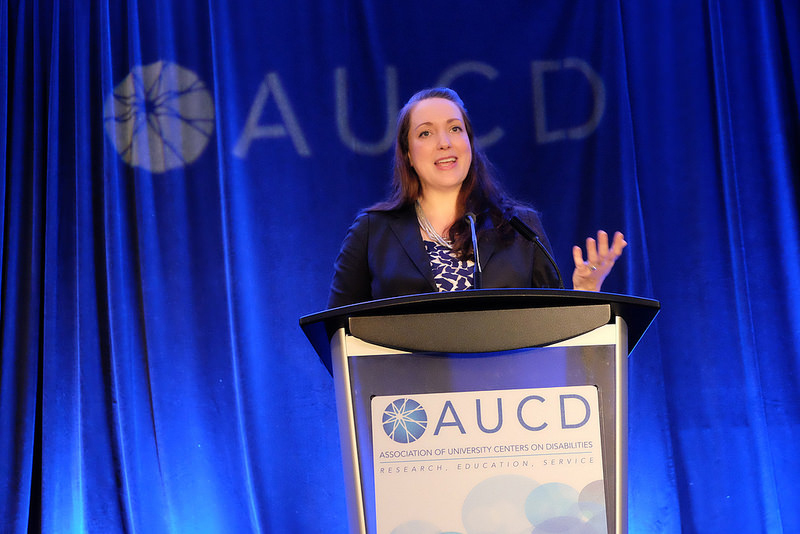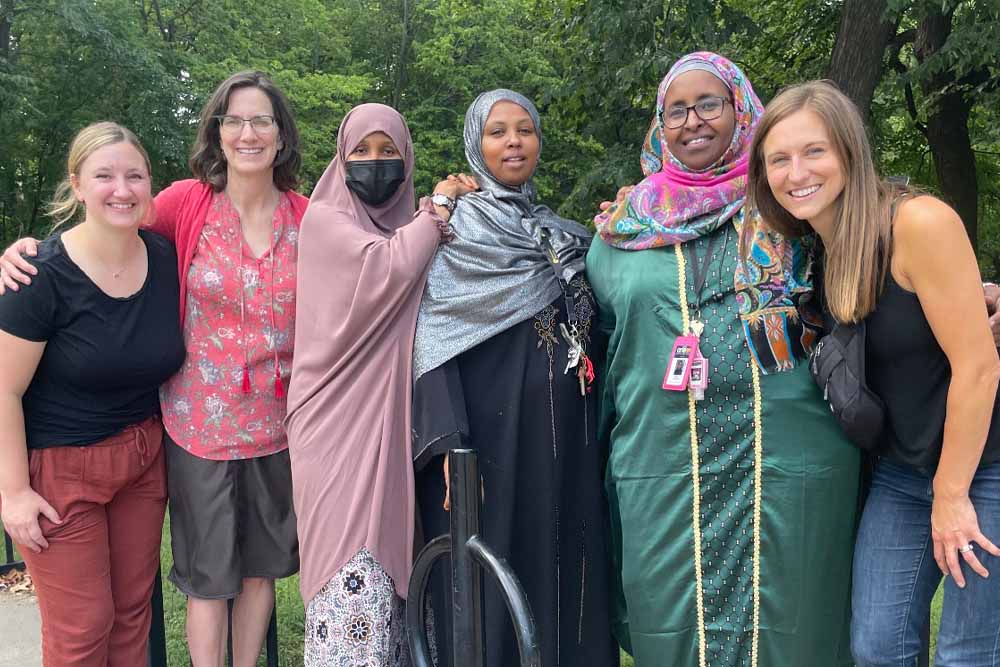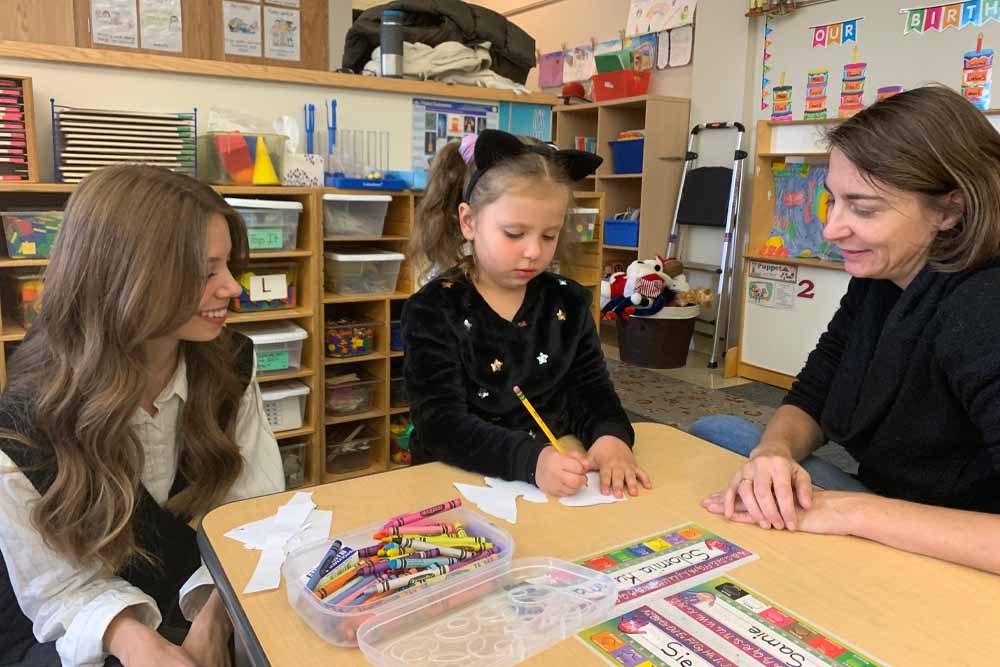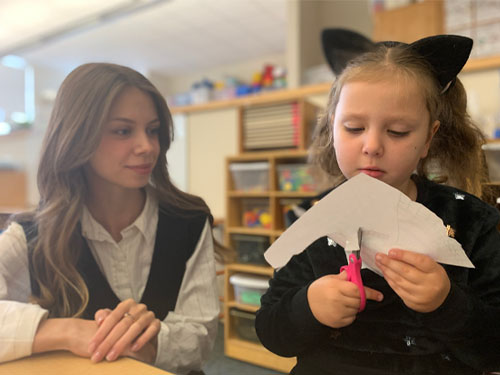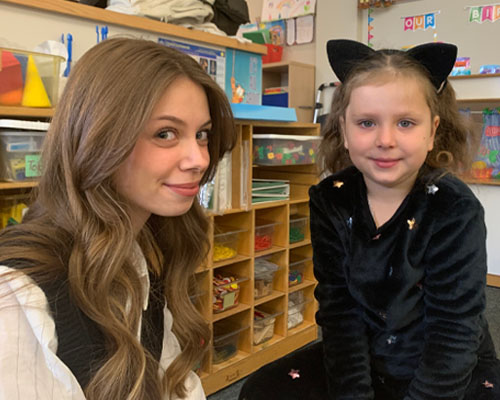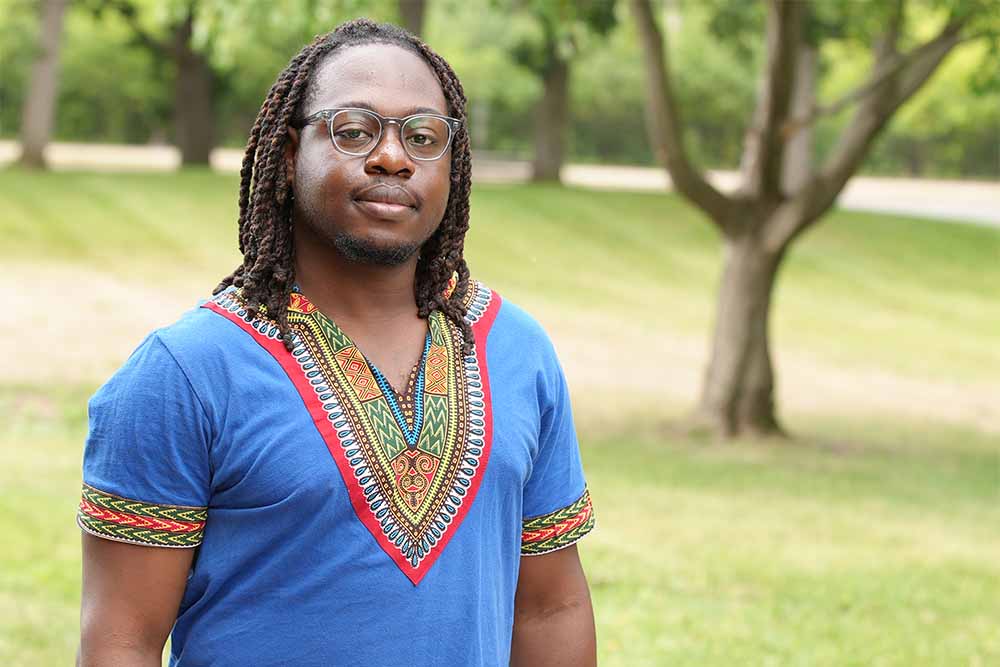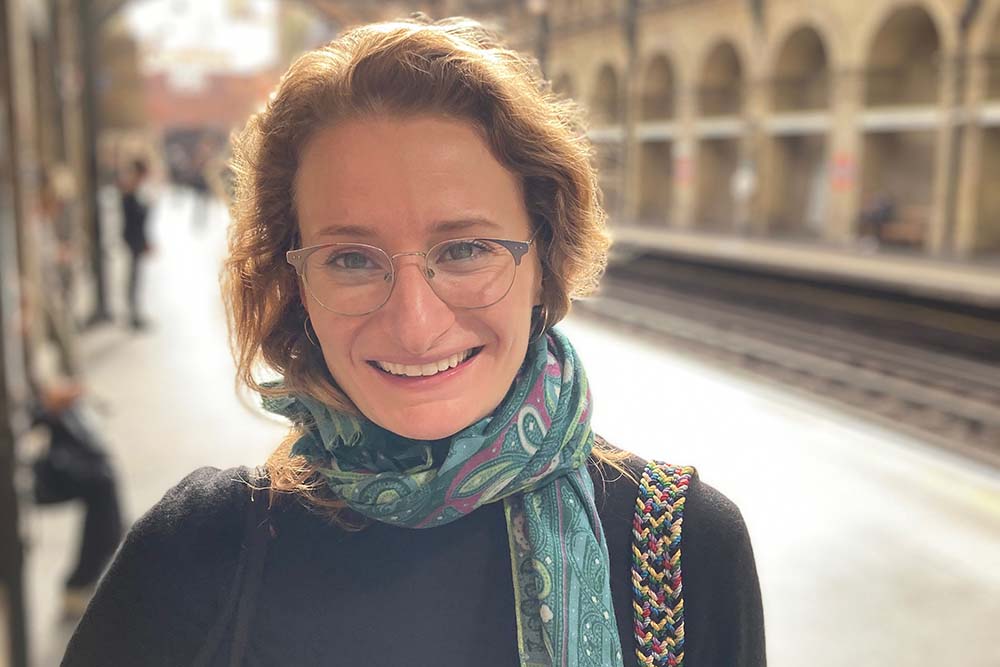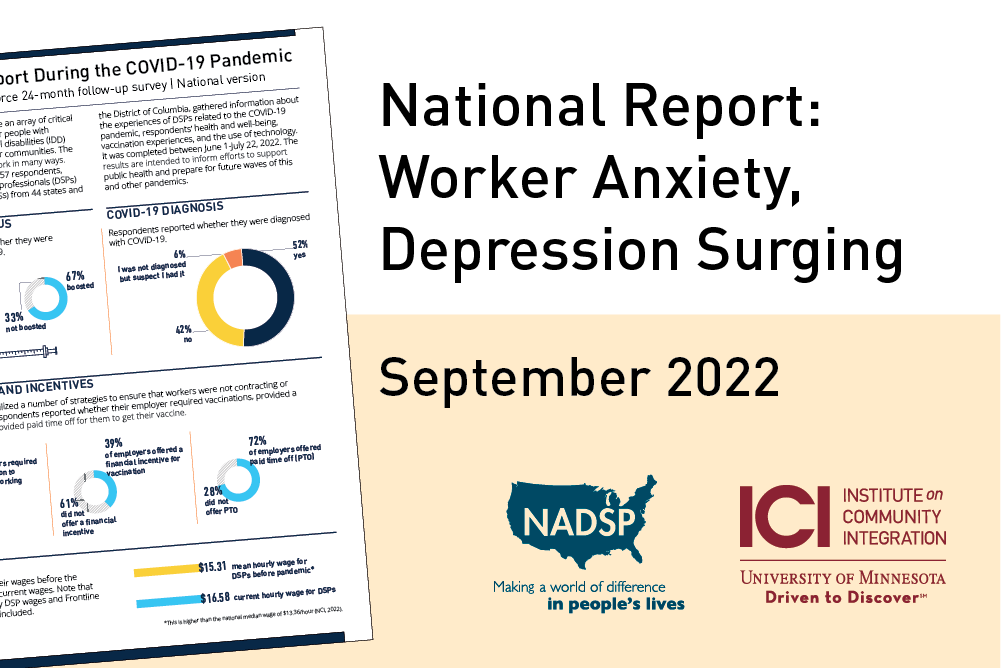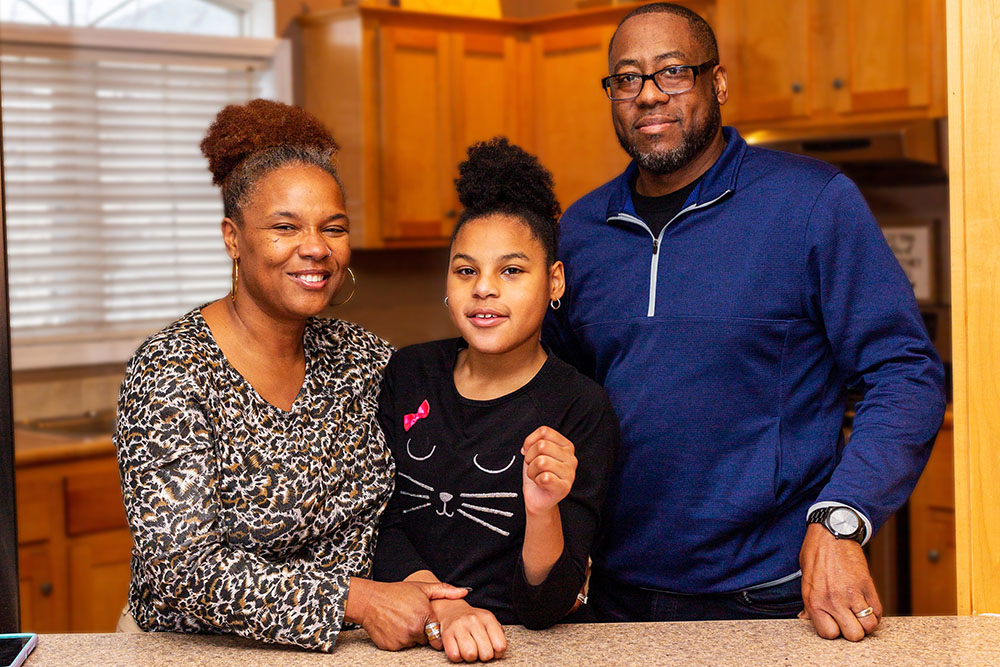
The new issue of Impact highlights critical disability research questions derived from the recent State of the Science meeting at ICI’s Research and Training Center on Community Living (RTC-CL). The issue is also available in Spanish.
What, exactly, is cultural competence in a research context? How do people with disabilities from historically marginalized communities learn about job opportunities and how can we get information to them faster? What are the strengths of families in marginalized communities in relation to family support? How can we better engage people with intellectual and developmental disabilities (IDD) in all aspects of research into social inclusion and belonging and other important aspects of community life?
Engaging Communities Underrepresented in Disability Research spells out a long-overdue research agenda and includes a cultural framework for IDD research written by issue editor Tawara Goode, director of the Georgetown University National Center on Cultural Competence. Julie Bershadsky, director of ICI’s Community Living and Employment focus area; and Teresa Nguyen, director of the Community Living Equity Center at Brandeis University’s Institute for Disability Policy, also served as issue editors.
“It was refreshing to see this Impact issue come together, with a wide range of stakeholders contributing their personal stories,” Nguyen said. “The focus on improving research equity by increasing engagement in the disability community, especially those from minoritized groups, is a critical step in addressing disability equity.”
The cover story features the Boston family of Kalamazoo, Michigan. Leonard Boston is a board member of Parent to Parent USA, an organization for parents of children with disabilities. His article shares his family’s experiences becoming involved in research in the Angelman syndrome community.
Noting he and his wife, Latrieva, were often the only people of color at fundraising events for disability research, Boston shares what getting involved in research and advocacy has done for his family.
Another State of the Science attendee, Anjali Forber-Pratt, shares her personal history as a noted athlete and now director of the National Institute of Disability, Independent Living, and Rehabilitation Research.
“At my school, the Black students were bused in from the city and there was me and a Korean adoptee, who were essentially the students of color in the school,” Forber-Pratt writes. “We can’t be afraid to talk about that, to dissect it, and study it. The layers and systemic forces of oppression that I experienced are at the heart of what we mean by intersectional research.”
Other articles in the issue address the dynamics of race, culture, language and other factors on employment, families, social lives, criminal justice, and living arrangements of people with disabilities.
“The issue takes necessary and bold steps calling for equity, immediately, in the disability research community,” Goode said. “Persons who experience disabilities and their families from minoritized racial, ethnic, linguistic, and cultural groups share compelling stories that must drive the questions and approaches for a collaborative research agenda that has meaning in their lives and improves policy and practice in their communities.”
Bershadsky, one of the leaders of the State of the Science meeting, said the meeting and the Impact issue bring long-overdue attention to communities historically left behind.
“I am so glad to see this issue come together,” she said. “It brings forth voices that need to be heard, and thus far have not been heard from nearly enough. I am hopeful this is a harbinger of better things to come.”

